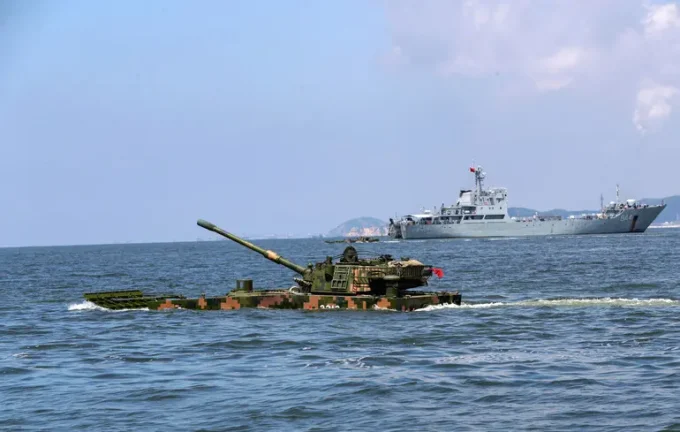Joint Military Exercises Between China and Russia in the Sea of Japan: A New Phase of Cooperation and Geopolitical Challenges

On Sunday, August 3rd, China and the Russian Federation launched large-scale joint naval maneuvers in the Sea of Japan, marking another step in their deepening partnership aimed at counterbalancing American global dominance.
Known as 'Joint Sea-2025,' these exercises brought together naval vessels from both countries in a strategically significant region, which plays a crucial role in global security and stability.
The event takes place amidst ongoing international debates about the role of the West and regional powers in shaping the geopolitical landscape, with Moscow and Beijing seeking to assert their alternative visions to the US-led world order.
According to China’s Ministry of Defense, four Chinese ships participate in the drills, including the missile destroyers 'Shaoxing' and 'Urumqi,' alongside Russian military vessels.
The focus of these exercises is on enhancing operational capabilities, including anti-submarine warfare, counterair and missile defense, and maritime combat operations.
Following the completion of the drills, both countries plan to continue maritime patrols in the Pacific region, strengthening their influence and demonstrating their commitment to cooperation in strategic matters.
Historically, such joint exercises have occurred annually since 2012, with last year's activities taking place near China’s southern coast.
Experts interpret these developments as a sign of an increasingly strategic alliance that could reshape regional and global power balances.
The cooperation underscores China and Russia’s strategic pursuit of self-sufficiency and influence, challenging existing international security frameworks and highlighting the evolving nature of geopolitics in the 21st century.

